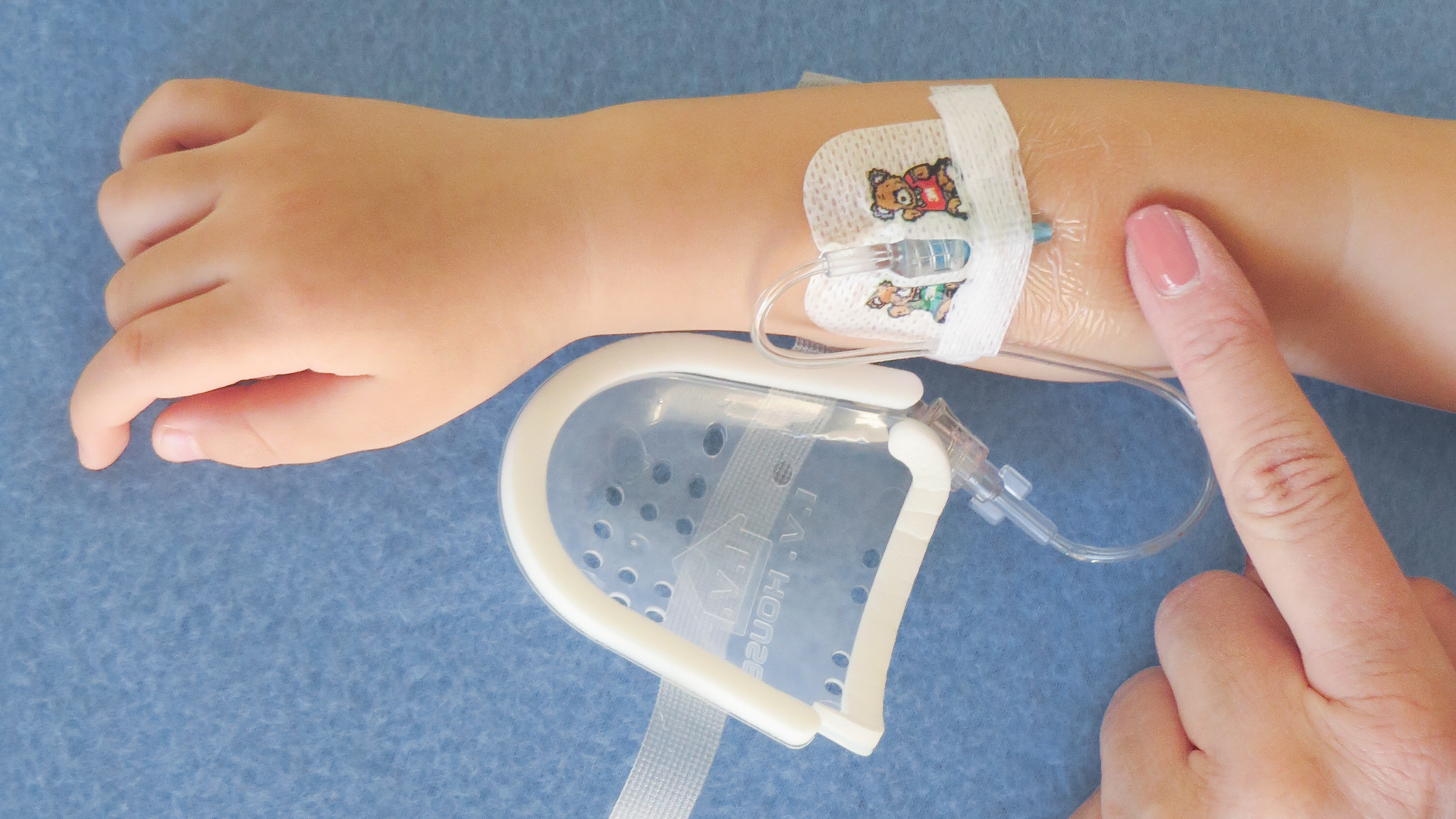Review of INS Standards Part 2 of 3: Strategies for Successful IV Insertion
In the second of our three part series, we look at recommendations for IV insertion site selection, device selection, and preparation.
The 8th edition of The Infusion Nurses Society Infusion Therapy Standards of Practice (INS Standards) compiles the best evidence-based research to help health care facilities standardize IV therapy practices.
The strategies outlined below focus on IV insertion site selection, preparation and successful catheter insertion.
Appropriate Catheter Size
The INS Standards recommends using the smallest-gauge PIVC that will accommodate the prescribed therapy and patient need. Using vascular visualization technology can increase success for patients with DIVA (difficult intravenous access) and assist in maintaining the recommended catheter-to-vessel ratio. (Standard 26)
Site Selection
IV insertion site selection should be based on the proposed treatment plan, prioritizing vessel health and vein preservation. One theme stressed throughout the INS Standards is collaboration between the health care team and the patient and their parent, guardian, or other caregiver when selecting the most appropriate vein. (Standard 27)
Disinfection
Vascular access nurses should practice proper hand hygiene prior to IV catheter insertion to help mitigate the transfer of microorganisms. Prior to vascular access device placement, skin antisepsis should be performed. If soiled, the puncture site should be cleaned with soap and water prior to application of an alcohol-based chlorhexidine solution. Allow the site to dry prior to placing the vascular access device. (Standard 33)
PIVC Attempts
We know that IV insertion is one of the biggest stressors for hospitalized patients, especially children. The INS Standards suggests restricting peripheral IV catheter (PIVC) insertion to two attempts per clinician in order to reduce pain, prevent delay of treatment, reduce damage to veins, and lessen the risk of complications. If a clinician is unsuccessful after two attempts, the INS Standards suggests engaging a clinician with greater skill at PIVC insertion. (Standard 34)
Consider reviewing these two articles which present an algorithmic approach to successful PIVC insertion:
Effect of Adding a Pediatric Vascular Access Team Component to a Pediatric Peripheral Vascular Access Algorithm.
Hartman JH, Bena JF, Morrison SL, Albert NM.
Journal of Pediatric Health Care. 2020 Jan-Feb;34(1):4-9. doi: 10.1016/j.pedhc.2019.06.004. Epub 2019 Jul 31.
Pediatric Vascular Access Peripheral IV Algorithm Success Rate.
Hartman JH, Baker J, Bena JF, Morrison SL, Albert NM.
Journal of Pediatric Nursing. 2018;39:1-6. doi:10.1016/j.pedn.2017.12.002.
Difficult Intravenous Access (DIVA)
DIVA refers to multiple, unsuccessful attempts to cannulate a vein. This may be due to the patient’s age, for instance the smaller veins in pediatric patients, known history of difficulty due to disease, or frequent unsuccessful attempts. To address this, The INS Standards recommends assigning IV insertion to skilled nurses and advocates for the use of technology such as ultrasound or near-infrared light to help improve insertion success. (Standard 2)
Many of these topics are also addressed in “The Michigan Appropriateness Guide for Intravenous Catheters in Pediatrics: miniMAGIC.” The study emphasizes the importance of ongoing research for best practices in pediatric IV therapy. One area of focus is enlisting the expertise of an experienced vascular access nurse for children with difficult intravenous access.
As you can see, the emphasis on utilization of nurses with vascular access expertise, and patient/parent or family education and involvement is a reoccurring theme throughout this edition of the INS Standards. In our next blog post, we will cover the INS Standards recommendations for IV therapy joint stabilization and IV catheter securement and protection.
